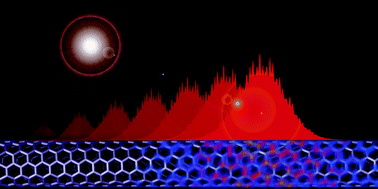Recent developments in the photophysics of single-walled carbon nanotubes for their use as active and passive material elements in thin film photovoltaics
Abstract
The search for environmentally clean energy sources has spawned a wave of research into the use of carbon nanomaterials for photovoltaic applications. In particular, research using


 Please wait while we load your content...
Please wait while we load your content...